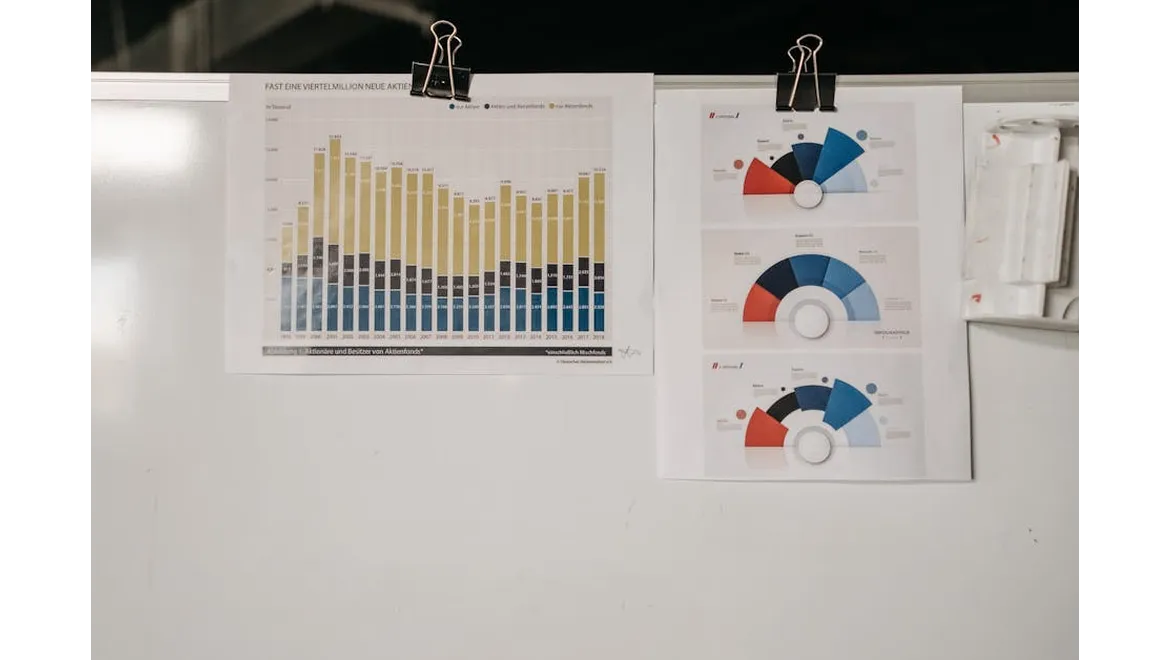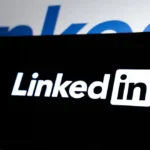Right, let’s talk LinkedIn. Not just the endless scroll, but the real power hidden within – the ability to generate leads, understand your audience, and predict your next big win. I’ve spent the last few months diving deep into this, and frankly, it’s been a game changer. My focus? Using data to really understand who I’m talking to and prioritising my outreach accordingly. Think smarter, not harder.
It all starts with knowing your ideal customer inside and out. You probably already have a profile in mind, but let’s supercharge it with LinkedIn Sales Navigator and some clever analytics. Sales Navigator isn’t just a souped-up search engine; it’s a goldmine of information. I use its advanced filters to pinpoint individuals based on job title, industry, company size, and even keywords in their profiles. But here’s where it gets interesting.
Beyond the basic demographics, Sales Navigator allows you to track leads and accounts. This means you can see who’s viewed your profile, engaged with your content, or even changed jobs. This is invaluable intel. For example, someone who’s recently moved into a leadership role at a target company is likely to be more receptive to new ideas and solutions. Make sure you’ve got them on your radar! I then take this information and cross-reference it with LinkedIn’s native analytics. What content resonates with my target audience? What are they talking about? Which groups are they active in?
This data then feeds into the next crucial step: understanding their interests. This isn’t just about knowing their job title; it’s about understanding their pain points, challenges, and aspirations. Sales Navigator allows you to follow their posts, articles, and activity. This paints a picture of what matters to them. Are they focused on improving efficiency? Are they concerned about security? Are they passionate about sustainability? By understanding their interests, you can tailor your outreach to resonate with them on a personal level.
Now, let’s talk predictive lead scoring. This is where we move from simply identifying potential leads to prioritising them based on their likelihood to convert. Several third-party tools can help with this. Think of platforms like Seamless.AI, ZoomInfo, or Apollo.io. These tools often integrate with Sales Navigator (usually via the API) and other data sources to build a comprehensive profile of each lead. They then use algorithms to assign a score based on factors like job title, industry, company size, engagement with your content, and even website activity. A high score indicates a higher probability of conversion.
I personally like using a combination of Sales Navigator’s alerts and a dedicated tool like Apollo.io. Sales Navigator keeps me informed about key changes, while Apollo.io provides the lead scoring and automated outreach capabilities. This allows me to focus my time and energy on the most promising prospects.
Here’s how it works in practice: imagine I’m targeting marketing managers in the fintech industry. Using Sales Navigator, I identify a list of potential leads. I then import these leads into Apollo.io. Apollo.io automatically enriches the data with additional information, such as email addresses and phone numbers, and assigns each lead a score. I then set up automated email sequences that are tailored to the interests and pain points of marketing managers in the fintech industry. I track the performance of these sequences and adjust my messaging as needed.
Engagement is key. Data helps you identify who to talk to and what to say, but it doesn’t replace genuine interaction. Once you’ve identified your high-scoring leads, it’s time to engage with them thoughtfully. This means commenting on their posts, sharing their articles, and participating in relevant discussions. The goal is to build a relationship and establish yourself as a valuable resource. Avoid generic sales pitches. Instead, focus on providing value and demonstrating your understanding of their needs.
Consider the LinkedIn Sales Navigator API, its functionality is a door opener to a wider range of tools and applications. In many respects, the API allows integration with third party products to extend the capability of the Linkedin platform. This could be to bring the Linkedin data (that you are entitled to) into your own systems, it can also be used to automate the processes involved in finding and qualifying leads. While discussing the API, understanding and using it, remember to carefully and respectfully follow LinkedIn’s terms of service and respect user privacy.
By combining data-driven insights with genuine engagement, you can transform LinkedIn from a passive networking platform into a powerful lead generation engine. The ability to delve into your audience’s preferences, behaviours, and professional path allows for much more focused and successful outreach. Prioritising leads based on their conversion potential lets you channel your energy where it counts most. Engaging thoughtfully with potential clients, offering genuine value, and showing that you get their challenges solidifies relationships and establishes you as a trusted resource. So, it’s about integrating all the information to create a smarter, more efficient sales process that ultimately drives revenue.











